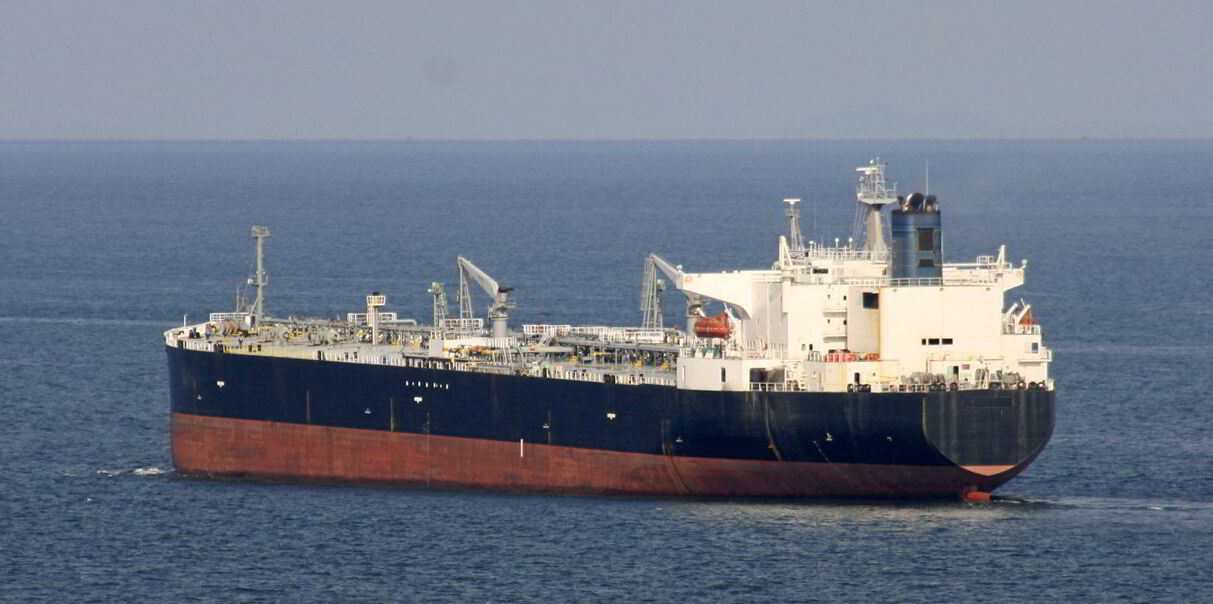The next few quarters might be tough for tankers, if Kpler is to be believed.
Matt Wright, freight analyst at the trade analytics company, outlined several reasons for concern for tankers across asset classes, from a large orderbook to intra-sector competition to weaker demand.
“I’m not super bullish over the next six months, for sure,” he said, speaking on Kpler’s two-monthly freight outlook webinar.
He said the next few months will be stronger than the typical summer doldrums, but highlighted various reasons for thinking a tepid market is looming.
For example, VLCCs would be dragged down by limited growth in Chinese demand and increasing competition from suezmaxes in the Atlantic basin.
Suezmaxes will be hurt by fleet growth and a loss of exports from West Africa, with more oil being refined locally.
Those ships and aframaxes might benefit from Russian export growth, but aframaxes will see less demand in the US Gulf and the Mediterranean.
Meanwhile, LR product tankers are facing competition from VLCCs and suezmaxes that sought clean cargoes over the summer and that will probably stay in the market for the foreseeable future, according to Wright.
He added that MRs will get hit by weaker demand in the Gulf of Mexico, north-west Europe and West Africa.
Wright told the webinar that VLCCs and suezmaxes pushing into clean trades was the dominant narrative over the summer. Those vessels soaked up 10% of all clean tanker tonne-miles.
“It’s actually been record levels of clean products on dirty tonnage,” he said.
He attributed the crude tanker invasion as the primary reason LR2 rates were hovering around $35,800 per day on a fleet weighted average basis on Thursday, according to Clarksons, while LR1s were at $28,000 per day.
Both figures were well below their year-to-date averages, despite recent jumps.
Wright expects the crude tankers that have already made the jump to keep trading clean for the time being, given the earnings spread, but said more are unlikely to join them.
“I have to admit, in March, April ... you could have expected a bit,” he said.
“But the magnitude of the switch was not what I was expecting.
“It shows, one, the market is much more willing than it ever was before to be opportunistic, but also that the dirty market was not in as good health as we thought at the beginning of the summer.”
Wright’s outlook differs from the positivity on display from many tanker owners.
At Pareto Securities’ annual Energy Conference in Oslo this month, Hafnia chief executive Mikael Skov said orderbook concerns were overblown and “the real disaster is that we may run out of ships”, while Frontline’s Lars Barstad said the statistics are in the market’s favour.
“There’s nothing here to tell us that this should not move,” Barstad said, noting that volumes were increasing and global inventories were low.





